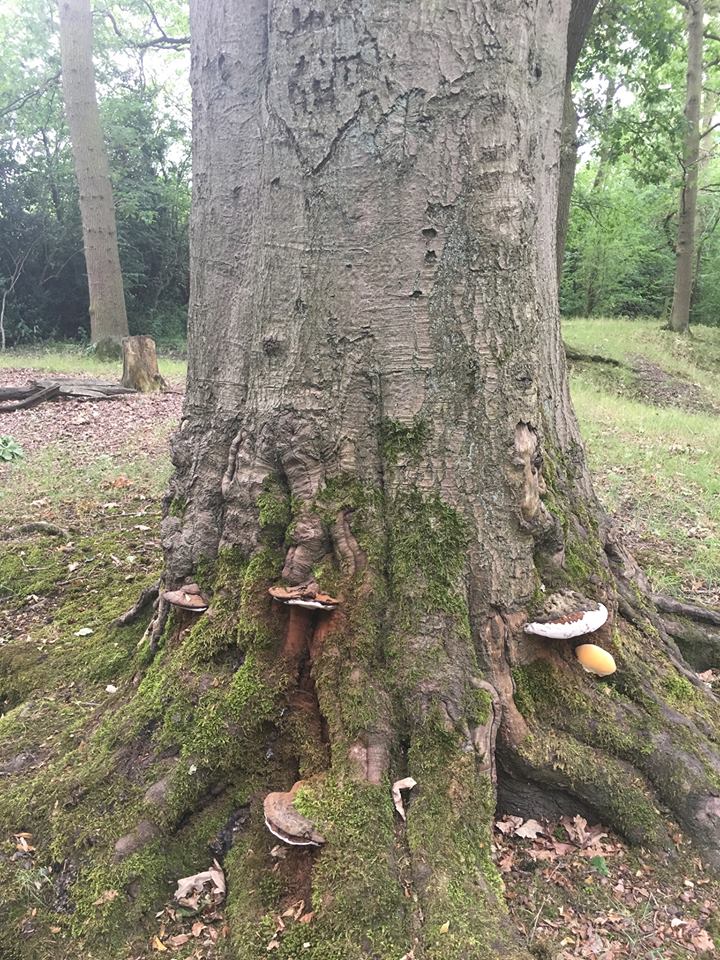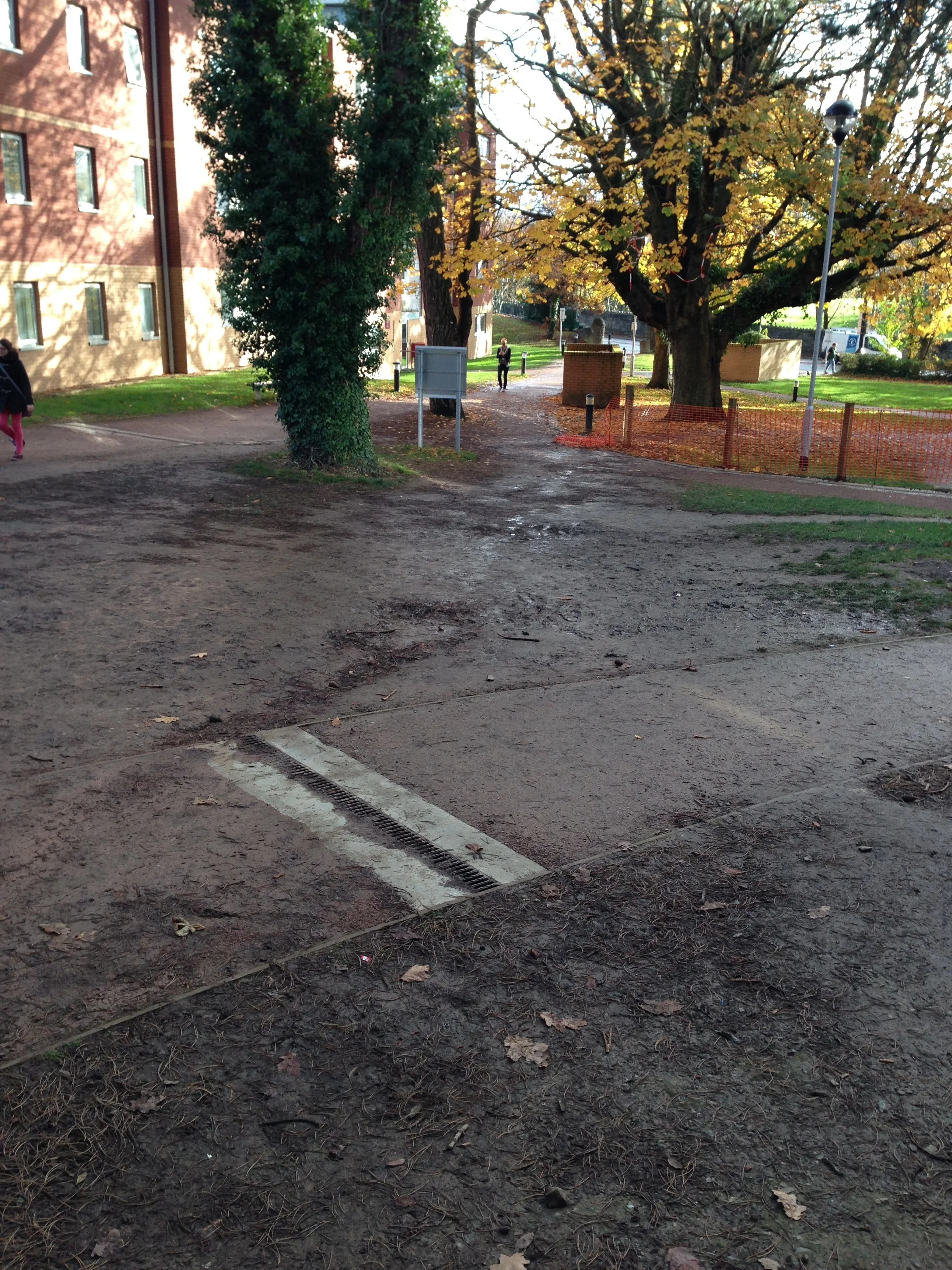
NEWS
Retaining Diseased Trees as Vertical Habitat
We are often engaged to undertake tree safety assessments, the brief being "is the tree going to harm people or property". The answer to this question is a matter of "targets": were the tree to fail what might it hit? Then there is a question assessing the potential risk which the tree might pose where targets exist.
The aim through using this system is not to negate all risk (which would require the felling of all trees), but to reduce it to a tolerable, low level. Although the beech tree noted in the image has a host of decay fungi colonising it's stem and roots, it is in a amenity woodland location with footpaths which can be realigned, so a heavy reduction of the crown to reduce the risk of failure is aesthetically appropriate.
While not always appropriate in a heavily built-up or high-target setting, the creation of "standing habitat". Such standing dead wood is an irreplaceable habitat for invertebrates, birds, bats and even more elusive species: https://arboriculture.wordpress.com/2016/03/13/the-value-of-standing-deadwood-for-fairies/
If you have a tree in decline, contact us for a consultation, and we may be able to provide some novel ecological management options.
Soil compaction- a remediable tree killer
In order for a tree to thrive, it must have soil that is permeable to water and gases, most akin to the "spongy" soils you often encounter when walking in the forest. On urban sites, we frequently see soils becoming compacted through walking, mowing or even vehicle parking within the root zone of trees. This compaction can become greatly exacerbated when sites with trees are developed or redeveloped, without adequate tree protection being installed, due to repeated heavy equipment traffic, particularly in wet conditions. When the root zones of trees become compacted in this way water and air penetration is reduced and the trees slowly decline, finally succumbing in some cases years after hand-over, leaving a liability with the new owners or operators.
Radial trenching, which we undertook on an ailing oak in Cheshire, can be highly effective in improving soil conditions.
While protective fencing in the above example would have been preferable, the use of de-compaction tools, such as the Air Spade, can greatly help to remediate compromised soils and greatly improves affected trees' chances of survival post-development.




